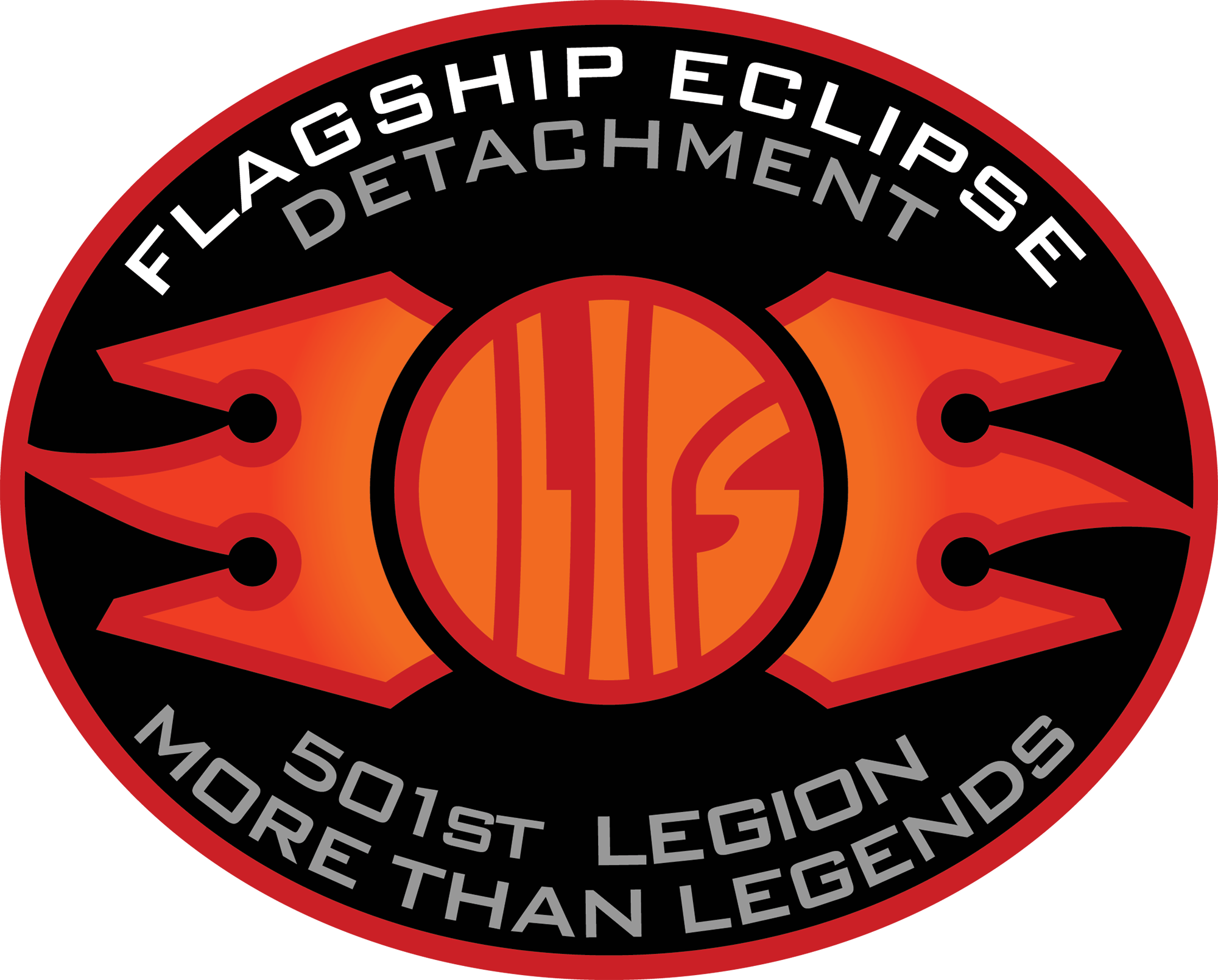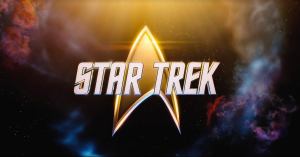
He was, in every sense of the word, originally padding for a pilot that needed to be longer. The god-like character of Q, as originated by John de Lancie in Star Trek: The Next Generation‘s pilot “Encounter at Farpoint,” mainly existed because the episode was twice as long as most TV episodes were at the time: an hour and a half as opposed to the usual 45 minutes. What might have been a one and done, a metaphysical oddity in a franchise full of them became a recurring role for de Lancie, and a way for Gene Roddenberry and many other science fiction writers to explore the nature of omniscience — or the way us puny linear mortals think of it.
Q has since shown up in nearly every Trek property since; he’s never appeared in the movies, and he never showed up in Enterprise, but his people, the Continuum, have been referenced in Discovery, and de Lancie recently had a cameo (as Q) in a Strange New Worlds episode. Q and the Continuum, a race of aliens (possibly) with god-like powers, operated strictly as a dull bureaucracy. Q often upheld the rules of that bureaucracy while causing chaos wherever else he could, particularly in the life of Captain Jean-Luc Picard. Q offers a consistency in a franchise that doesn’t always have that; here are all of the “Q”s in Trek so far.
1) Q (The Original)
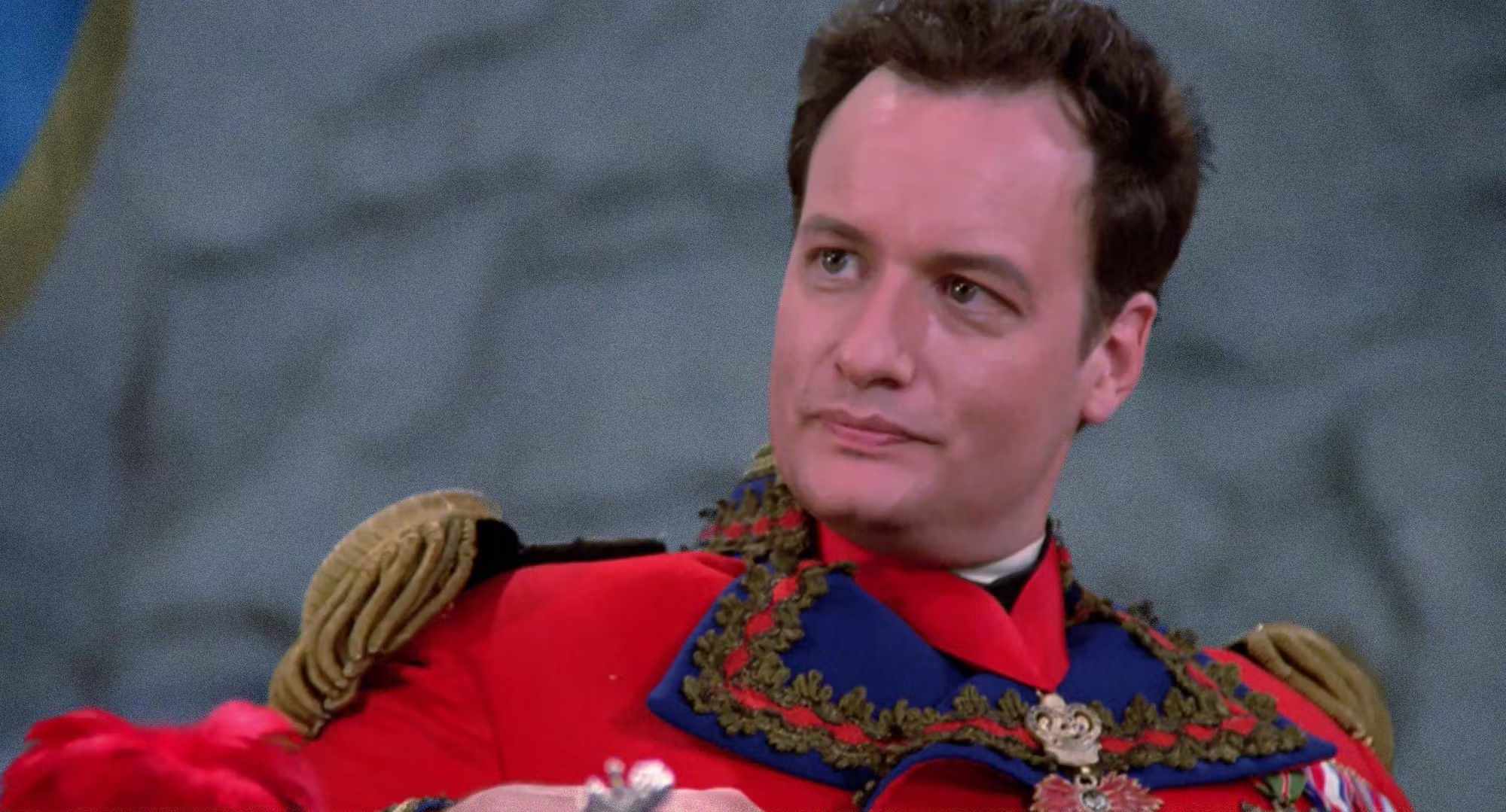
John de Lancie’s Q is, of course, the most well known Q. He might be the leader of the Q Continuum, or he might just be a higher up, but he’s clearly important. He also has some degree of free will, which he exercises to drive Picard, Benjamin Sisko, and Kathryn Janeway absolutely crazy. He only ever meets Sisko once (where Sisko notably punches him), but he would become a reliable figure on Janeway’s Voyager. de Lancie has also appeared in animated form on Lower Decks, and in Picard as a somehow older but not wiser Q. de Lancie appeared in the Strange New Worlds episode “Wedding Bell Blues,” where he voices that show’s iteration of the trickster Trelane’s father. (More on that later.)
2) Quinn
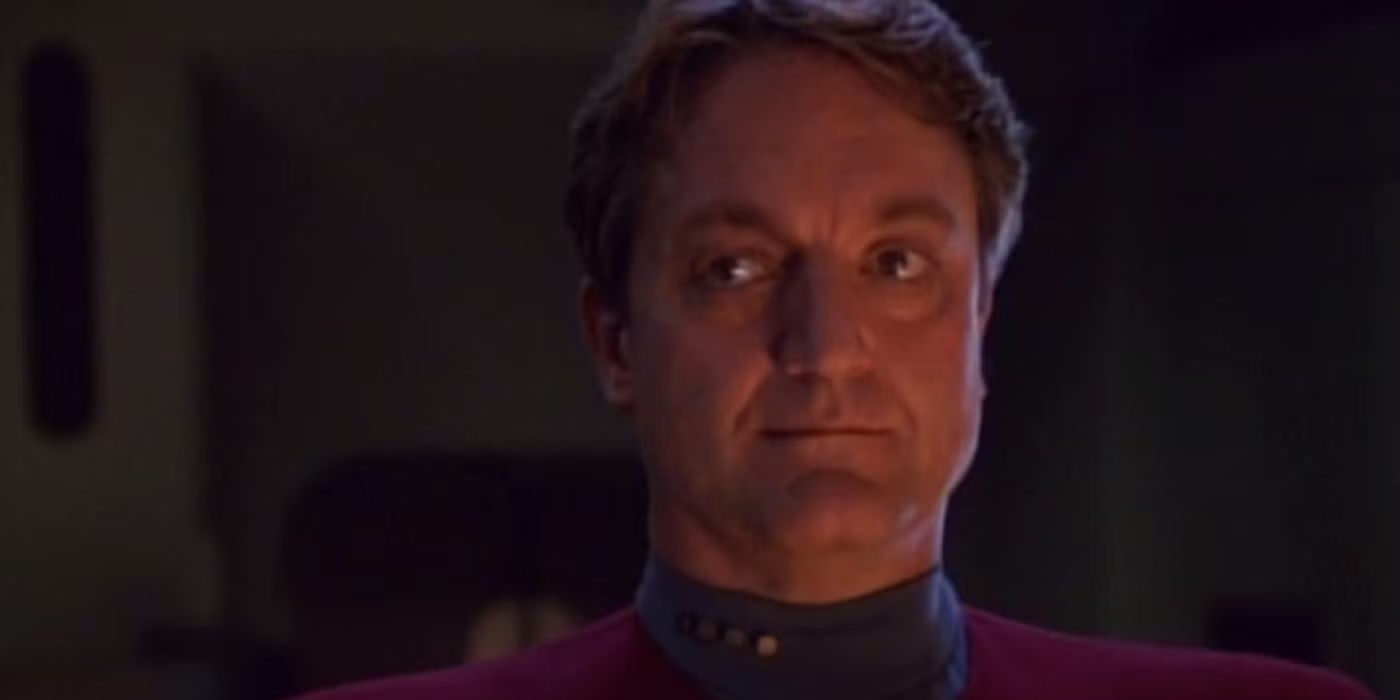
Quinn’s introduction on the second season of Voyager was the introduction of the idea that beings with godlike powers get bored — so bored, in fact, that merely messing with the heads of dedicated Starfleet officers isn’t nearly enough fun. Quinn is seen as suicidal by the Continuum, because he’d rather not be immortal, and they refuse to remove his immortality, so he keeps trying to remove himself from existence instead. Quinn briefly does get to be a mortal, thanks to the Voyager crew’s interference, but it’s not enough — he won’t ever fit in, so he kills himself, becomes a martyr for other Q, and sets off a civil war inside of the Continuum itself.
3) Lady Q
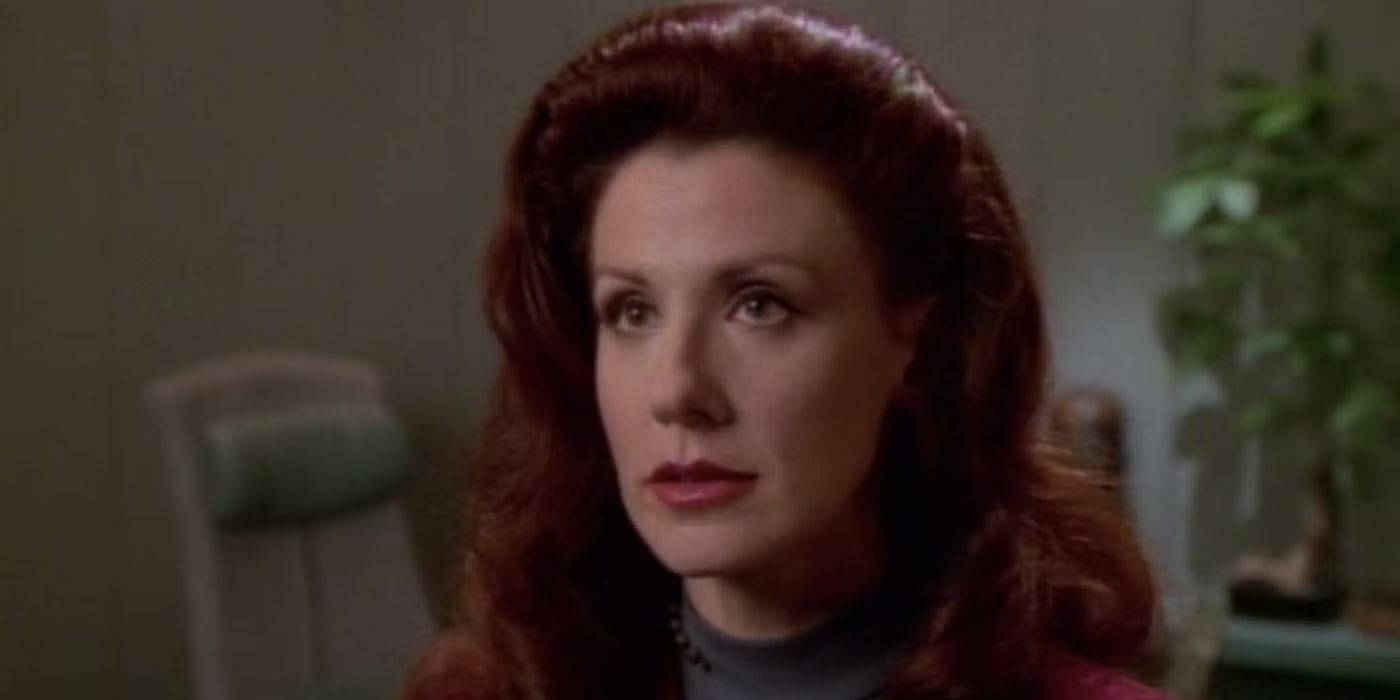
Lady Q appeared in the season 3 episode “The Q and the Grey,” which introduced the idea of the Q having civil wars, largely due to the above Quinn’s desire to cast off the bonds of godhood and immortality. She’s mostly a device, in the end de Lancie’s Q wants to have a child, but she’s not thrilled about the idea; so he tries to get Janeway to have one with him instead. Ultimately, Lady Q does agree to make another Q with Q the First, and we meet their offspring, Q Junior, later.
4) Trelane
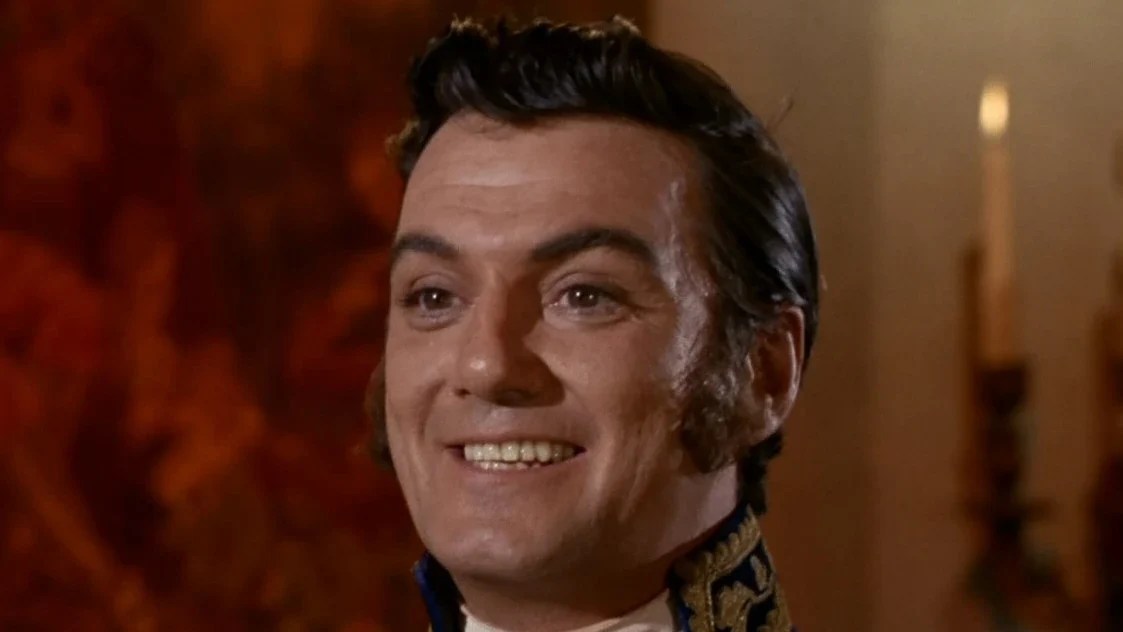
Trelane is technically the first Q we ever meet; while it was long a sort of a sub-canon that Trelane, who pre-exists Q on a meta level, was a Q, Strange New Worlds decided to make that proper canon. de Lancie voices an unnamed Q as Trelane’s father in the episode, which calls back to when Trelane’s father similarly interferes in his Original Series appearance. Whether Trelane is a full Q is unknown; he’s definitely an offspring of Q, but Q has implied he can have offspring with mortals, as he propositioned Janeway in the same Voyager episode with Lady Q. Whether The Original Series trickster is a full Q or not, he certainly has his father’s more devilish streak.
5) Amanda Rogers
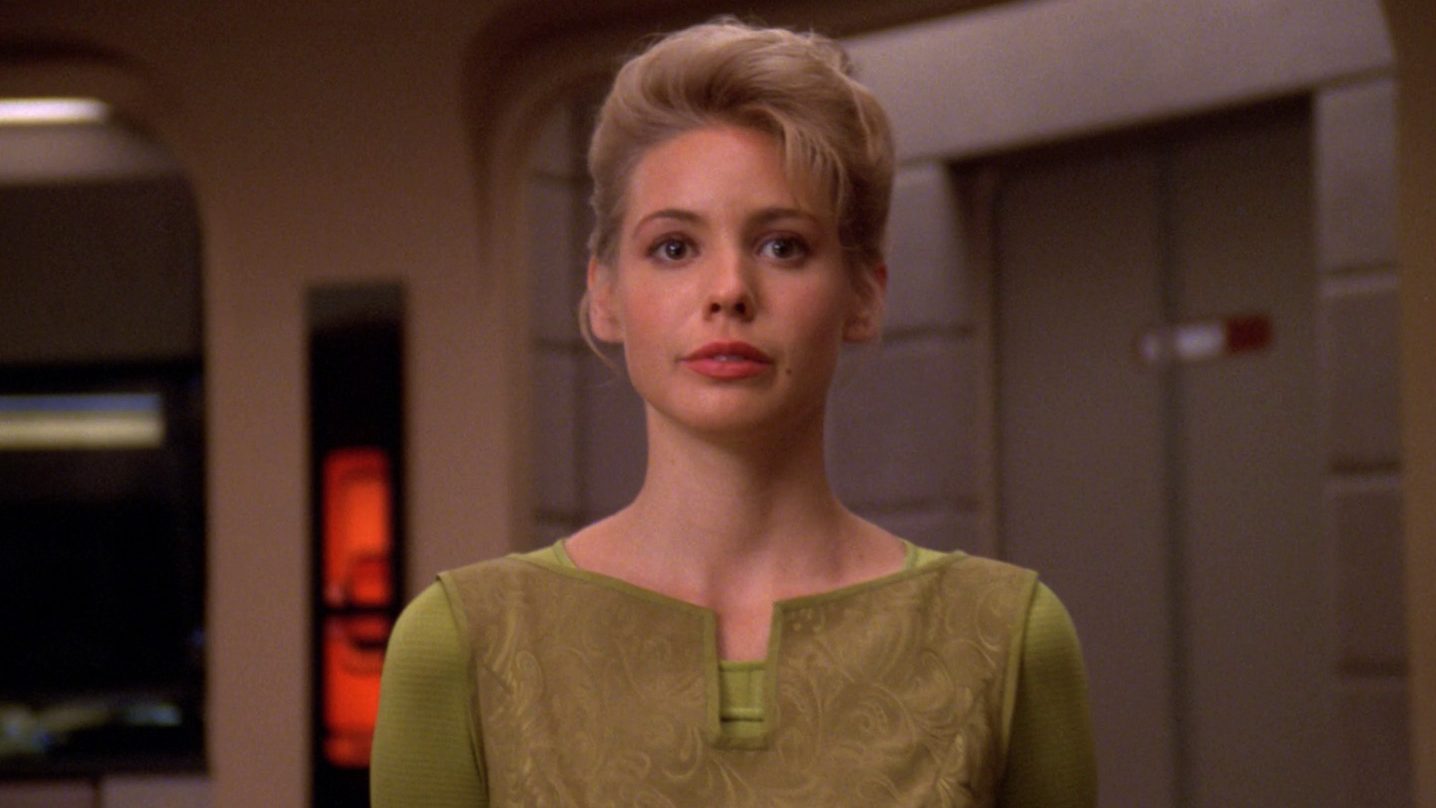
Amanda Rogers’s parents are not the Q, but they are members of the Continuum who decided to try being human long before Quinn asked for it. She’s conceived and raised as a human on Earth, before the Continuum kill her parents off for rebelling, but she still doesn’t know of her true nature, so she’s raised as a normal human by adoptive parents. Her powers start flourishing when she begins serving on the Enterprise-D, so in a season six TNG episode, “True Q,” Q is sent to test her, and ultimately, welcome her back into the fold. She was the first introduction of a Q ‘child,’ so to speak, bringing into the ageless and timeless Continuum the idea there could, in fact, be ages.
6) Q Junior
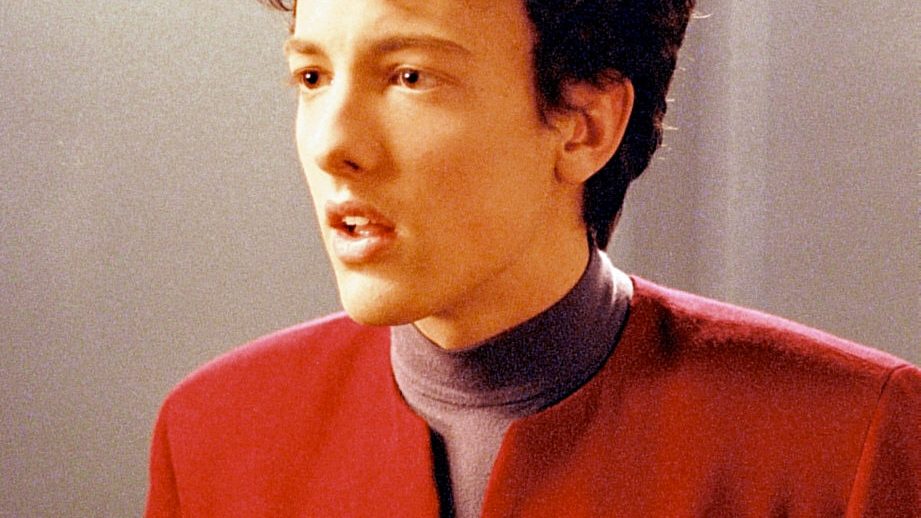
The final Q, of course, is Q Junior, the offspring of Q and Lady Q; he appears in the Voyager episode “Q2” as a disappointment to Q, who drops him off on Voyager in the hopes that the crew will teach his son something worthwhile. Q Junior is ultimately helpful, but the Q Continuum is less impressed and nearly threaten to blot him out, until Q decides he will actually look after his son for the rest of existence. Who knows if that actually does stick, but it’s a nice thought.
Addendum: Q2

Q2 as a character feels like an oddity if only because he’s the first Q other than de Lancie Q to actually make an appearance. In the TNG episode “Deja Q,” we get the first understanding that while de Lancie’s Q is mostly respected, he’s also kind of a pain to his own people. Q2, played by an uncredited Corbin Bernsen, is tasked with stripping Q of his powers for an episode. He reinstates them in the end. He’s an oddity in this line of Qs; he seems to be higher up in the Continuum hierarchy than de Lancie’s Q is, and he’s not directly related to him, or adopted by him in any way. He also never appears again, and he is never referenced again, even when the Continuum goes through its civil war.
In a way, the Q are a perfect representation of the fluid nature of canon in Star Trek as a whole; the truth of them exists on many different levels, and they seem to duck in and out wherever the writers deem them relevant. de Lancie’s Q is arguably still the one who entertains the most, although Trelane, with the new portrayal by Rhys Darby, has always been beloved, too. Discovery, the series that takes place furthest in Trek’s future, decided the Q stopped interacting with humans around the 26th century; one wonders if the why of that will ever be answered.
The post Star Trek: Every Q In The Franchise appeared first on ComicBook.com.
